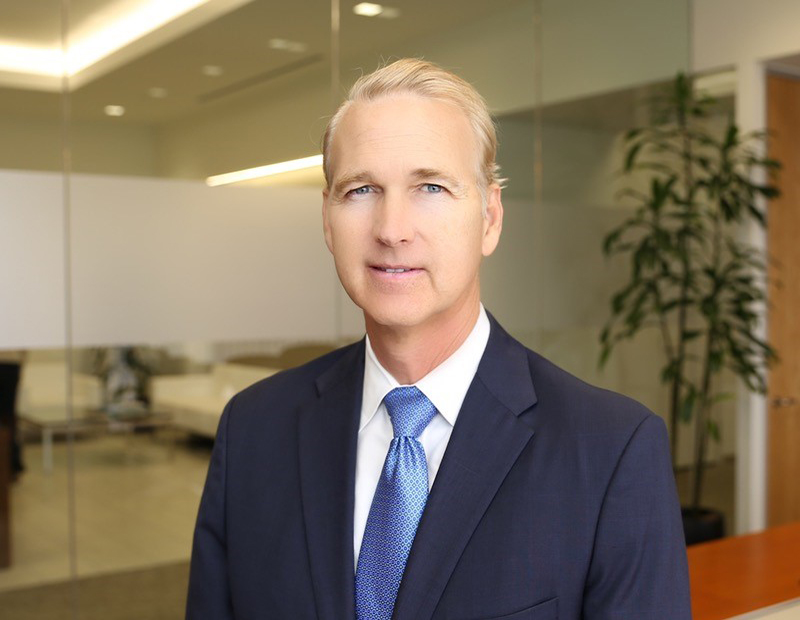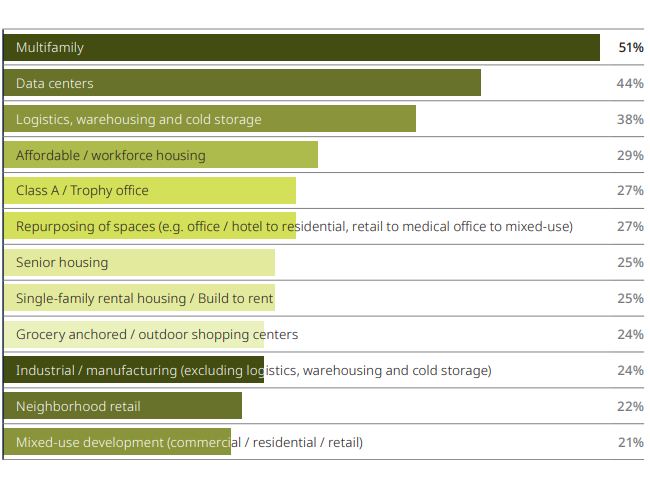Diversity and Real Estate Finance: A Crossroads for Opportunity
Now is the time to grow our teams with inclusion in mind—and be more successful by doing so, says Pat Jackson of Sabal Capital Partners.
Among the many issues to rock the industry and society at large in 2020 were equality, racial disparity and inclusion in business. Confounded by unfortunate and highly publicized events, including the deaths of George Floyd, Breonna Taylor and Ahmaud Arbery, discord amongst Americans culminated in mass demonstrations across the country, many lasting for prolonged periods. As the matter of racial disparity was brought front and center, it mushroomed across national news, transcended physical protests on our streets and crossed over into the business realm. There it began to alter perspectives and shape conversations and decision making across numerous industries, including commercial real estate and finance.
The real estate and finance sectors have not always demonstrated inclusion in talent and leadership. However, as the business has evolved, become more institutionalized, and an increasing number of firms have gone public, there is increased pressure to diversify both leadership and the workforce.
Of course, inclusionary hiring practices in the industry have been increasing over the past several years. For example, more women have entered the ranks in real estate and finance and there has been an increase in those taking leadership roles. However, leadership ratios still favor the white male demographic. In September 2020, the Wall Street Journal reported that two years after becoming the first Black woman to lead a public real estate investment trust as the CEO of hotel owner RLJ Lodging Trust, Leslie Hale remained the only Black CEO of 10 female CEOs of 166 U.S. publicly listed real estate investment trusts. At the time of the article, only two of the male CEOs included on the list were black.
One silver lining in the protests and conversations surrounding racial justice that heated up last summer is that many companies, as a result, pledged to change their approach to staffing. While there had been an ongoing effort in recent years by real estate firms to appoint more women to their boards and executive ranks, the events of 2020 reignited a commitment to inclusionary practices.
The investment and regulatory communities are also part of the movement, particularly as it pertains to ESG evaluation and compliance. In August, S&P Global Ratings published a report asserting that companies failing to live up to diversity and inclusion commitments could likely see a decline in their ESG performance and credit rating if the failing results in a loss of customers and profitability. The report furthered that a competitive gap is widening between companies that adopt effective strategies for workforce and diversity and those that do not.
In March, the CFA Institute introduced a global ESG investing certificate program for professionals, citing a compelling 76 percent of institutional investors and 69 percent of retail investors declaring an interest in ESG as a development that will shape the future of finance. Also in March, the SEC announced an enforcement task force on climate and ESG issues. The SEC’s attention to ESG follows the increased focus by investors, consumers, employees, lenders and the general public on the nonfinancial aspects of an entity’s business, whether public company, financial institution, real estate entity, investment advisory, private company or other.
While the commercial real estate and finance sectors have a long way to go, not all of this is bad news. We have seen a marked rise in female and non-white participation and leadership in our industries over the past couple decades. The racial injustices magnified in 2020 ultimately reemphasized our need to look inward as a business community to make sure we continue to focus on hiring the best talent, ensuring we don’t leave exceptional leaders on the sidelines because of what race or gender they are. This is an opportunity for us to grow our teams with inclusion in mind and be more successful by doing so.
While inclusionary hiring and team building may already feel natural for many of us in the industry, it behooves all of us to keep in mind that the myriad real estate sectors and properties that we finance provide housing, retail, health care, education and other key services to the wholly diverse population. We also work directly with borrowers and brokers of widely varying backgrounds. It’s therefore logical that the makeup of our teams should reflect that same diversity to ensure the best possible customer service and outcomes.
Finally, research demonstrates a direct link between diversity and financial performance. According to a 2020 McKinsey & Co. report, companies in the top quartile for racial and ethnic diversity are 36 percent more likely to achieve financial returns that exceed the national industry median. In other words, diversity is good for business.
Pat Jackson is CEO of Sabal Capital Partners LLC, a single-source commercial real estate lender operating nationally. Among its robust offerings, Sabal is a proud partner to both Freddie Mac and Fannie Mae, providing affordable, workforce and conventional loans for multifamily properties across the country. The company also offers a conduit CMBS program for core commercial real estate loans. Explore Sabal’s finance offerings at www.sabal.com.








You must be logged in to post a comment.